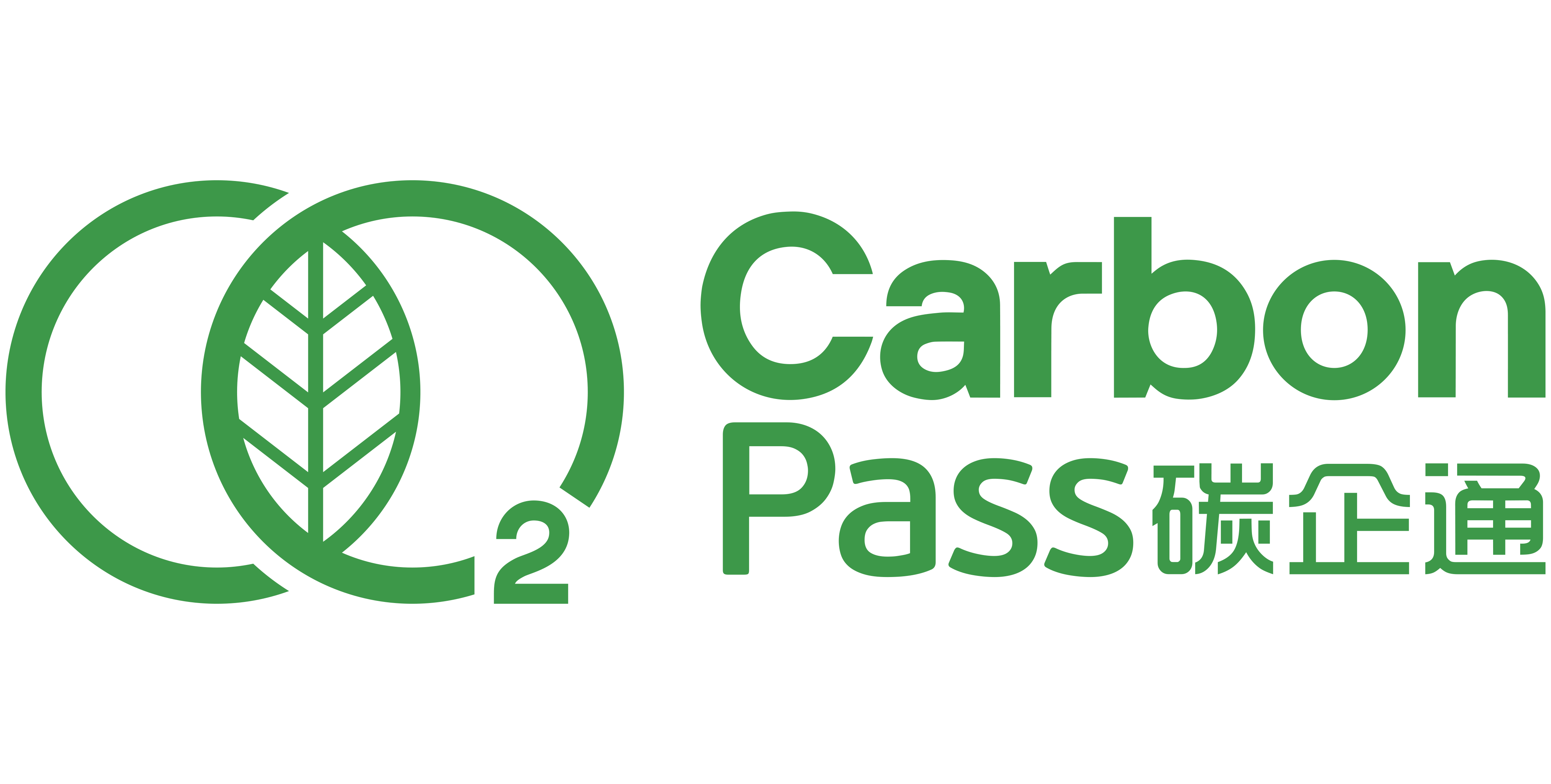The national carbon market operation framework is basically established
The "Report on the First Compliance Cycle of the National Carbon Emissions Trading Market" recently released by the Ministry of Ecology and Environment shows that the cumulative trading volume of carbon emission quotas in the first compliance cycle of the national carbon market is 179 million tons, and the cumulative turnover is 7.661 billion yuan. The market is running smoothly Orderly, the transaction price rose steadily. The operational framework of the national carbon market has basically been established, the role of the price discovery mechanism has initially emerged, the awareness and ability of enterprises to reduce emissions have been effectively improved, and the expected goals have been achieved.

The first compliance cycle of the national carbon market starts from January 1, 2021 to December 31 of that year. The report shows that in the first compliance cycle of the national carbon market, a total of 2,162 key emission units in the power generation industry were included, covering an annual greenhouse gas emission of about 4.5 billion tons of carbon dioxide, making it the largest carbon market in the world. In the first compliance cycle, carbon emission quota spot trading was carried out among key emission units in the power generation industry. 847 key emission units had quota gaps, with a total gap of 188 million tons, and the cumulative use of national certified voluntary emission reductions (CCER) was about 3273. 10,000 tons will be used for quota settlement and offset.
On the whole, the market trading volume is relatively close to the quota gap of key emission units. The main purpose of the transaction is to complete the performance, and the transaction volume can basically meet the performance needs of key emission units. As of December 31, 2021, the overall quota compliance rate of the national carbon market was 99.5%, and 1,833 key emission units had completed quota payment in full and on time.
The Ministry of Ecology and Environment will continue to promote the construction of the national carbon market, adhere to the basic positioning of the national carbon market as a policy tool for controlling greenhouse gas emissions, continue to improve the system and mechanism, improve the level of supervision, strengthen data quality management, and operate in the quota spot market of the power generation industry On a good foundation, gradually expand market coverage to more high-emission industries, enrich trading varieties and trading methods, effectively play the important role of market mechanisms in controlling greenhouse gas emissions and promoting green and low-carbon technology innovation, and gradually establish an open, transparent, A carbon market with international influence that is regulated, orderly, and effectively regulated.


